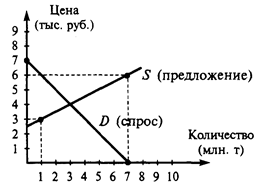Type inference
When a generic method is called without specifying type arguments, a type inference process attempts to infer type arguments for the call. The presence of type inference allows a more convenient syntax to be used for calling a generic method, and allows the programmer to avoid specifying redundant type information. For example, given the method declaration: class Chooser public static T Choose<T>(T first, T second) { it is possible to invoke the Choose method without explicitly specifying a type argument: int i = Chooser.Choose(5, 213); // Calls Choose<int> string s = Chooser.Choose("foo", "bar"); // Calls Choose<string> Through type inference, the type arguments int and string are determined from the arguments to the method. Type inference occurs as part of the binding-time processing of a method invocation (§7.6.5.1) and takes place before the overload resolution step of the invocation. When a particular method group is specified in a method invocation, and no type arguments are specified as part of the method invocation, type inference is applied to each generic method in the method group. If type inference succeeds, then the inferred type arguments are used to determine the types of arguments for subsequent overload resolution. If overload resolution chooses a generic method as the one to invoke, then the inferred type arguments are used as the actual type arguments for the invocation. If type inference for a particular method fails, that method does not participate in overload resolution. The failure of type inference, in and of itself, does not cause a binding-time error. However, it often leads to a binding-time error when overload resolution then fails to find any applicable methods. If the supplied number of arguments is different than the number of parameters in the method, then inference immediately fails. Otherwise, assume that the generic method has the following signature: Tr M<X1…Xn>(T1 x1 … Tm xm) With a method call of the form M(E1 …Em) the task of type inference is to find unique type arguments S1…Sn for each of the type parameters X1…Xn so that the call M<S1…Sn>(E1…Em)becomes valid. During the process of inference each type parameter Xi is either fixed to a particular type Si or unfixed with an associated set of bounds. Each of the bounds is some type T. Initially each type variable Xi is unfixed with an empty set of bounds. Type inference takes place in phases. Each phase will try to infer type arguments for more type variables based on the findings of the previous phase. The first phase makes some initial inferences of bounds, whereas the second phase fixes type variables to specific types and infers further bounds. The second phase may have to be repeated a number of times. Note: Type inference takes place not only when a generic method is called. Type inference for conversion of method groups is described in §7.5.2.13 and finding the best common type of a set of expressions is described in §7.5.2.14.
|




